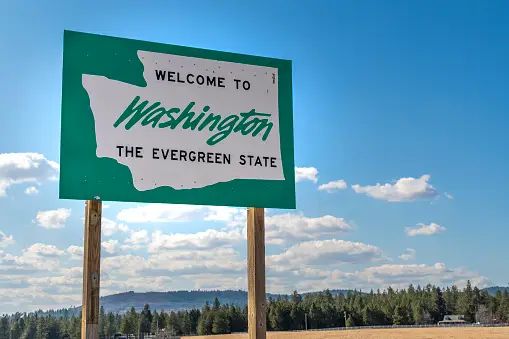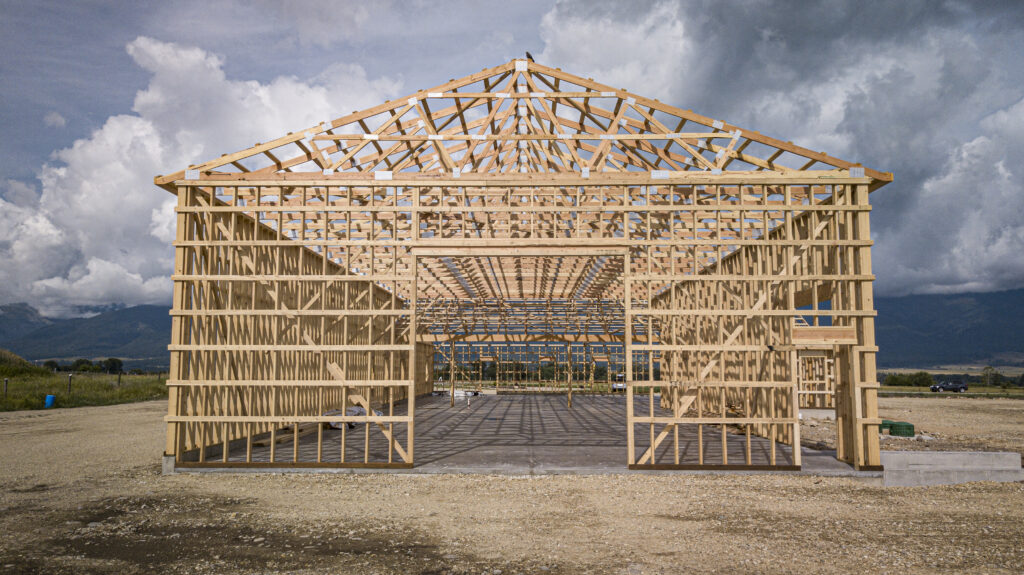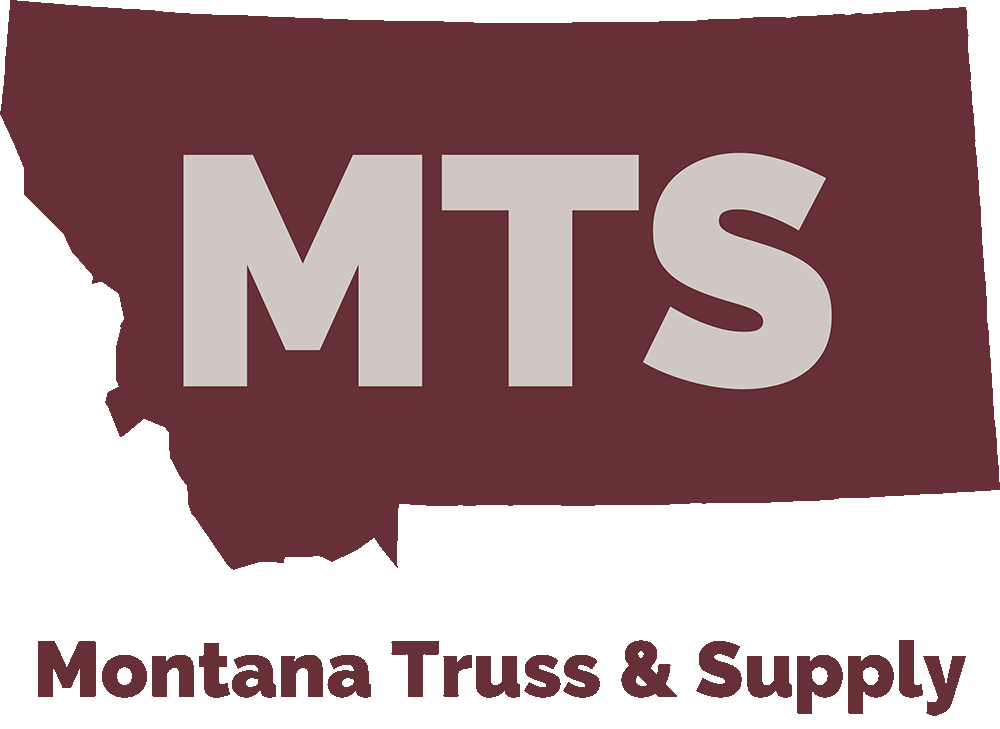Home » Post Frame Building Kits in Washington
Post Frame Building Kits Washington: A Practical Guide for those of us that live in Washington
Hey there, fellow folks in Washington! If you’re like me, you appreciate the value of hard work and making the most out of your land. One essential aspect of rural living is having sturdy structures to support your lifestyle, whether it’s for farming, storing your equipment and posessions, or even a cozy place to call home. That’s where post frame buildings and building kits come into play.
In this guide, I’m going to share my experiences in post frame buildings in Washington. I’ll walk you through the ins and outs of post frame building kits, how to choose the right one, assemble it, and maintain it for years to come. So, let’s roll up our sleeves and dive into the world of post frame building kits!
Understanding Post Frame Buildings
What Are Post Frame Buildings?
First things first, let’s define what post frame buildings are. These structures, Commonly referred to as pole barns, are an incredibly versatile and cost-effective option for various purposes. They consist of a series of vertical posts or columns that support the roof and walls, with horizontal trusses or rafters connecting them. Unlike traditional stick-built structures, post frame buildings don’t require a continuous foundation, So pouring a concrete slab before getting your building started is not required, which saves you time and money.

The Versatility of Post Frame Structures
Now, let’s talk about why these buildings are so darn versatile. Post frame structures can serve various purposes in rural settings:
1. Agricultural Applications: These buildings are perfect for housing livestock, storing hay, grain, or farm machinery. The open design allows for excellent ventilation, essential for keeping your animals comfortable.
2. Residential Uses: While we are not recommending this, In some cases you can even use post frame structures as your home. They can provide a warm and cozy living space, and with some creative design, you can make it a dream home.
3. Commercial Possibilities: Post frame buildings are not limited to rural settings. They work well for commercial purposes. Some examples would be workshops, retail spaces, or even small to large manufacturing units.
The Advantages of Post Frame Construction
Now that were getting the idea of what Post Frame buildings are, and what they can be used for, let’s dive into why you should consider them:
1. Cost-Effectiveness: Rural life can be expensive, and we all want to save where we can. Post frame buildings are typically far more affordable than traditional construction. Plus, their shorter construction time means fewer labor costs or if your up to it you can Do It Yourself and have no labor costs.
2. Speed of Construction: Time is money, and post frame buildings are known for their quick assembly. When you opt for a kit, you’ll be amazed at how fast it can be assembled. These buildings are designed for functionality rather than complexity.

3. Durability and Strength: Don’t be fooled by the simplicity of the design. Post frame buildings are sturdy and can withstand harsh weather conditions. I’ve seen my fair share of Washington storms, and these structures hold up impressively well.
4. Customization Options: Whether it’s adding windows, doors, or insulation, post frame buildings can be customized to suit your specific needs. You have the flexibility to design your space the way you want it, Within your local laws and the laws of physics of course.
Choosing the Right Post Frame Building Kit
Alright, let’s get down to the nitty-gritty of selecting the perfect post frame building kit for your needs.
Assessing Your Needs
The first step is to assess your needs and the purpose of your building. Are you looking for a small storage shed or a massive barn? Do you want to house your equipment, Livestock, or are you looking for a hobby shop?
Selecting the Ideal Kit
When it comes to our building kits, you have a couple of options:
Pre-Engineered Kits vs. Custom Solutions: Pre-engineered kits are convenient and often cost-effective. They come with all the necessary components and plans. However, if you have unique requirements, consider going for a custom solution to get exactly what you want.
Planning for Future Expansions: Think ahead. If you foresee needing more space in the future, plan your building accordingly. Post frame structures are easily expandable.
Permits and Regulations
Before you start building, be sure to check with your local authorities about building permits and regulations. Each county in Washington may have its own requirements, and you don’t want to run into legal trouble.
Assembling Your Post Frame Building Kit
Site Preparation
Once you’ve got your kit and all the necessary permits, it’s time to prepare the site.
Clearing and Leveling the Land: Start by clearing the area of any debris, rocks, or trees that could obstruct construction. Ensure the ground is level, especially if you’re building on uneven terrain.
Foundation Considerations: Post frame buildings don’t require a traditional foundation, but you will need to auger holes into the ground for your posts. Keep in mind you will need to watch out for roots of nearby plants and any buried electric, gas or phone/cable lines.
Tools and Equipment
Before you dive into construction, make sure you have the right tools and equipment on hand. Safety should be your top priority. Here are some essentials:
Essential Tools for Assembly: You’ll need a saw, drill, hammer, and various other hand tools. A good-quality ladder or scaffold is also essential. Additional information about required tools and steps are included in your assembly instruction kit for your post frame building.
Safety Precautions: Don’t forget safety gear like gloves, safety glasses, and a hard hat. Working at heights can be risky, so invest in sturdy scaffolding or a lift if needed.
Step-by-Step Construction Guide
Now, let’s break down the construction process into manageable steps:
Erecting the Posts and Trusses: Start by setting your vertical posts securely in the ground. Ensure they are plumb and properly braced. Once the posts are in place, attach the horizontal trusses or rafters. This forms the basic framework of your building.
Installing Roofing and Siding: After the frame is up, it’s time to add the roof and siding. This will protect your building from the elements. Choose materials that suit your climate and purpose.
Finishing Touches and Insulation: Depending on your building’s use, you may want to add doors, windows, and insulation. Proper insulation is key if you plan to use the space year-round.
Common Pitfalls to Avoid
1. Poorly Anchored or Posts that are not level: Make sure your posts are anchored properly to prevent shifting or settling over time, and make sure they are properly level. A pole that is not level may not only be noticeable when the building is complete, it could also cause your horizontal trusses to be unlevel as well.
2. Skimping on Quality: Don’t cut corners when it comes to materials. Quality matters, especially for roofing and siding that will protect your investment.
3. Rushing the Process: This can’t be emphasized enough, Take your time and follow the instructions carefully. Rushing can lead to mistakes that are costly or difficult to fix.
Maintaining Your Post Frame Building
Regular maintenance is crucial to ensure your post frame structure lasts for years.
Roof and Siding Checks: Look for loose or damaged roofing materials and siding. Replace or repair as needed.
Foundation Maintenance: Ensure that your posts are secure and not shifting. Address any signs of settling promptly.
Weatherproofing and Sealing
Given Washington’s climate, weatherproofing is essential:
Protecting Against Washington’s Climate: Invest in proper insulation and consider adding gutters to manage rainwater effectively.
Preventing Mold and Mildew: Adequate ventilation is crucial for preventing mold and mildew in your building. Keep an eye on moisture levels.
Cost Considerations
Your initial investment will include the cost of the kit, site preparation, and any additional features or customization. Be sure to budget for this properly. Don’t forget to factor in the cost of permits, and any extras you want to add.
Long-Term Savings
While post frame buildings may have a significant upfront cost, they can save you money in the long run:
Reduced Maintenance Costs: With regular maintenance, your post frame building can last for decades, saving you money on repairs and replacements.
Conclusion
So there you have it, a comprehensive guide to post frame building kits in Washington. These structures offer flexibility, durability, and affordability, making them a fantastic choice for anyone living in rural areas like us. Remember to assess your needs, choose the right kit, and follow proper construction and maintenance guidelines. With a little hard work and some know-how, you can enjoy the benefits of a well-built post frame building for years to come. Even better you can be proud of the building that You built with Your Own Hands.
Happy building, and here’s to your many successful projects!

